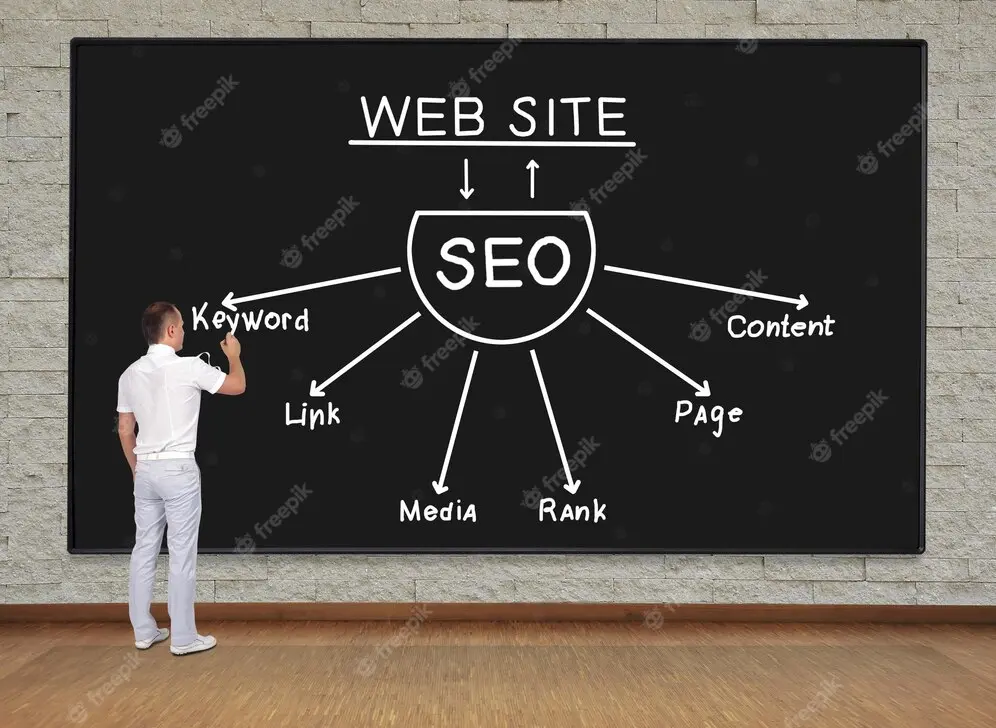SEO texts are more than just regular text; they're a powerful tool for website promotion in search engines. They can attract your target audience and increase your content's visibility online. However, to achieve effective results, you need to follow certain steps and maintain a systematic approach to their creation.
In this article, we'll take a detailed look at the steps involved in writing high-quality SEO texts and introduce the key principles that will help you achieve success in promoting your content.
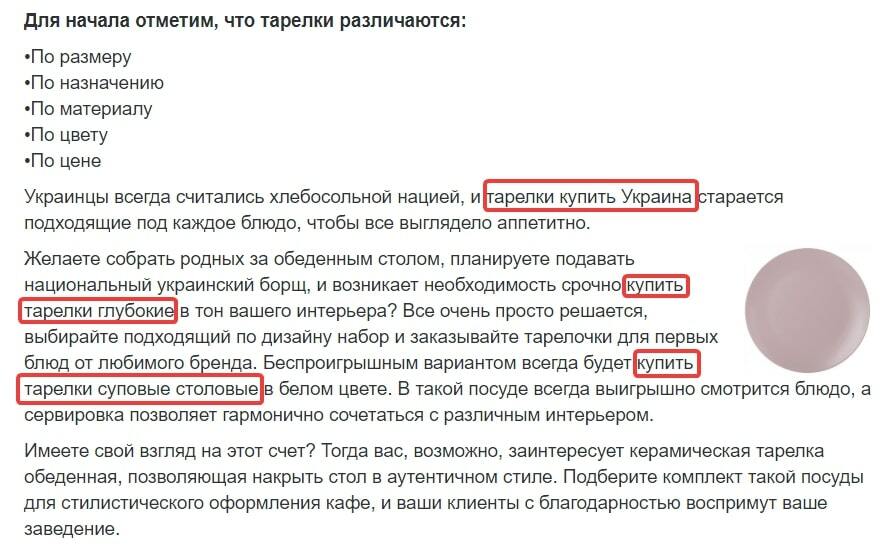
Target audience analysis
Understanding the interests and needs of your audience allows you to accurately determine the topics and content areas that will be most relevant and appealing to users. Keyword analysis helps identify the phrases and terms your target audience uses when searching online. This allows you to optimally tailor your content to user queries and increase its visibility in search engines. Therefore, analyzing your target audience and keywords is the foundation for creating effective SEO texts that will successfully attract and retain user attention. Let's take a closer look:
Studying the target audience
Before writing SEO content, you need to understand who it's intended for. Research your target audience: their preferences, needs, problems, and interests. The better you understand your potential readers, the more effective your content will be.
Defining keywords
Once you've identified your target audience, move on to identifying the keywords they use when searching online. Use keyword research tools like Google Keyword Planner, SEMrush, Ahrefs, and others to identify the most relevant keywords and phrases for your topic.
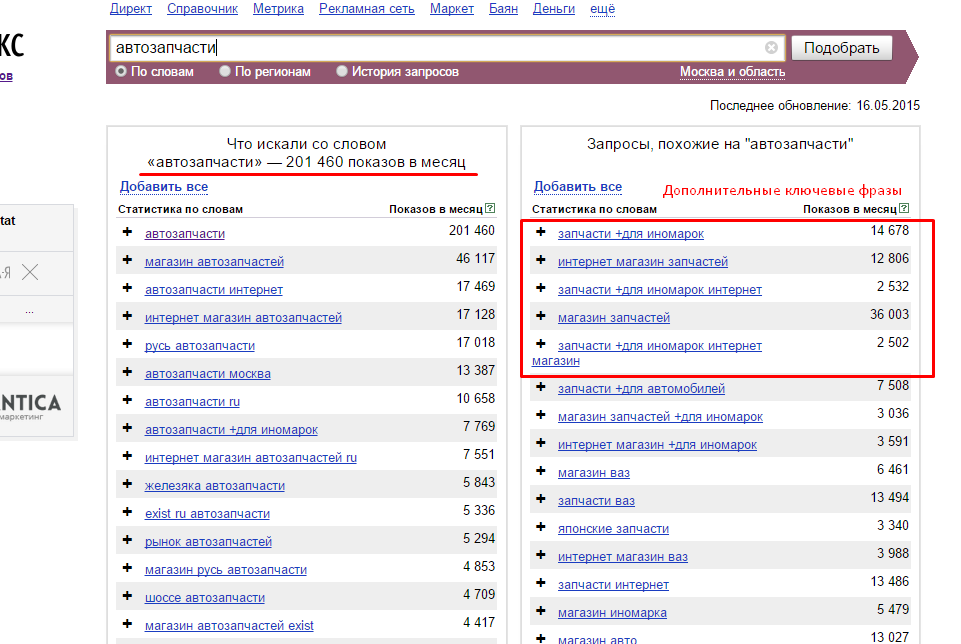
Creating personalized content
Using keywords and understanding your target audience's interests, create content that solves their problems, answers their questions, and provides valuable information. Focus on creating unique content that will meet your audience's needs and attract search engine attention.
Analyzing your target audience and keywords is the foundation of successful SEO copywriting, as it allows you to create content that accurately meets your audience's needs and attracts search engine attention.
Content structuring
Effective content structuring allows you to present information in a logical order, making the text more accessible and easier for users to understand. Clear divisions into headings, subheadings, and paragraphs help organize information so readers can easily find what they need and quickly navigate the text. Furthermore, content structuring improves SEO, as search engines prefer pages with a clear and logical structure. Therefore, content structuring is a key aspect of SEO-friendly writing, helping to improve its effectiveness and user appeal. Let's take a closer look at this step:
Identifying key themes and key points
Before you begin writing, identify the main topics and key points you want to address. This may include the main aspects of your topic, key facts, examples, arguments, etc. Think about the purpose of your content and what ideas you want to convey to your readers.
Division into logical blocks
Once you've identified the main topics and key points, divide your content into logical blocks. Each block should contain information about a specific aspect of your topic and be easily digestible for the reader. Consider the logical flow and structure of your text.
Highlighting headings and subheadings
To improve the readability of your text and help readers navigate it more quickly, use clearly defined headings and subheadings. Headings should clearly convey the content of each section and attract the reader's attention. Subheadings can complement headings, clarify information, and divide sections into smaller sections.
Improving readability
Well-structured text with clear headings and subheadings improves readability. Readers can quickly scan the text, find the sections they're interested in, and easily grasp the main ideas of your content. This also makes your text more appealing to search engines, as they also value well-organized content.
Overall, structuring your content helps you create logical and readable text that will attract readers' attention and help improve your SEO.
Using keywords in SEO texts is an important aspect that directly impacts its effectiveness and search engine rankings. Here's a more detailed explanation of this step:
Selection and distribution of keywords
Before you start writing, identify the primary keywords that are most relevant to your topic and your target audience's needs. Choose keywords that have high search volume but aren't too competitive.
Organic integration into the text
When you begin writing your text, integrate your chosen keywords organically into the context. This means that the keywords should fit naturally into the text and not stand out in any way. Their use should be natural and not arouse suspicion in readers or search engines.
Avoiding keyword stuffing
However, it's important to remember not to overstuff your content with keywords, as this can negatively impact readability and text quality. The practice of keyword stuffing, known as "keying," can make the text appear artificial and unpleasant to read.
Naturalness and readability
The main goal when using keywords is to keep the text natural and readable. Your keywords should fit easily into sentences and not appear highlighted or overly repetitive. This will help you create high-quality content that will be interesting to readers and recognized by search engines.
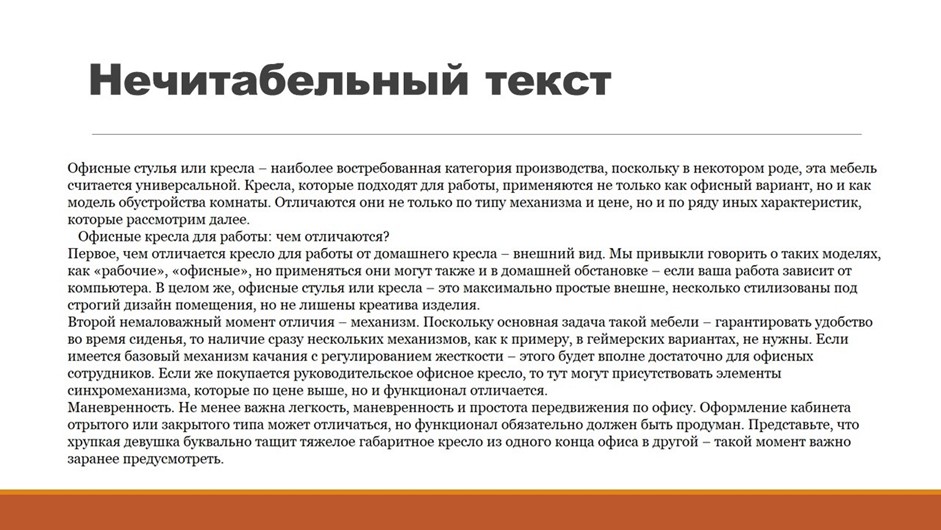
Text distribution
Distribute keywords evenly throughout the text, including them in headings, subheadings, the beginning and end of the text, and between paragraphs. This will help highlight their importance to search engines without overwhelming the text with too many keywords in one place.
Using keywords in SEO texts is an art that requires a balance between search engine optimization and satisfying the needs of readers.
Optimizing Meta Tags and URLs
Well-optimized meta tags contain keywords and phrases that reflect the page's content, making it more appealing to search engines. URLs, in turn, should be informative and descriptive, clearly reflecting the page's topic and the keywords it contains.
Proper optimization of meta tags and URLs helps search engines better understand the page's content and context, which contributes to improved search rankings. Therefore, considering this aspect of SEO is an essential step for achieving success in online promotion of your content.
Here is a more detailed explanation of this step:
Headings (H1, H2, H3)
Headings play a key role in organizing the content on a page. The H1 heading is typically used for the main page title and should contain the primary keyword. H2 and H3 headings are used for subheadings and additional content organization. They can also contain keywords related to the relevant section of text.

Meta description
A meta description is a brief description of a page's content that appears in search results. It should be informative, engaging, and contain keywords that attract users' attention. A meta description should clearly convey the essence of the page's content and be unique for each page of your site.
URL
A page's URL also plays an important role in SEO. It should be short, descriptive, and contain keywords related to the page's content. A readable URL makes your page more understandable for both search engine crawlers and users. Use hyphens to separate words in the URL and avoid long and confusing character combinations.
Uniqueness and relevance
It's important that meta tags and URLs are unique and relevant to the page's content. They should reflect the main topics and keywords discussed on the page. This will help search engines correctly index and display your content in search results.
Validation and optimization
After creating content, it's important to review and optimize meta tags and URLs. Ensure titles are descriptive and contain keywords. Meta descriptions should be engaging and accurately convey the page's purpose. URLs should be optimized and reflect the page's content.
Optimizing your meta tags and URLs will help your content stand out in search results and attract more target audiences to your website.
Uniqueness of content
Content uniqueness plays a fundamental role in SEO and attracting a target audience. Unique content stands out from other online materials and offers readers new and interesting ideas, information, or solutions to their queries. Furthermore, search engines evaluate content uniqueness as a key factor in determining its relevance and value to users.
The more unique and original the content, the more likely it is to stand out from other pages in search results. Users also value unique content for its informativeness and unique perspectives on a topic.
Here is a more detailed explanation of this principle:
Uniqueness and SEO
Search engines like Google value unique content because it enriches the user experience and improves the quality of search results. Unique content allows your site to stand out from the crowd and increases its authority in the eyes of search engines.
Avoid copying
Copying content from other websites negatively impacts your website's reputation and search engine rankings. Search algorithms consider the uniqueness of content when ranking pages, and duplicates may be penalized by lowering their rankings.
Suggest something new
To attract readers' attention and meet their needs, strive to offer unique information, new ideas, expert opinions, or entertaining content. This could be a unique approach to a well-known topic, interesting research, original stories, or new solutions to problems.
Originality and recognition
Unique content helps your brand stand out and create a unique image in the eyes of your audience. When your content is original and engaging, users are more likely to share it on social media and recommend it to friends, which helps spread the word and increases awareness.
Constantly updated
To maintain audience interest and high search rankings, it's important to continually update your content and offer new materials. This allows your website to remain relevant and competitive in the long term.
The bottom line is that unique content is a key element of a successful SEO strategy. It attracts user attention, increases your site's authority, and contributes to its long-term growth and development.
Error checking and optimization
Error checking and text optimization are critical steps before publication. It's important not only to ensure there are no spelling or grammatical errors but also to analyze the text for SEO optimization.
During the audit, it's important to pay attention to key aspects such as keyword density, title structure, content uniqueness, and its relevance to search queries. It's also important to ensure the text is optimized for mobile devices, as mobile traffic is becoming increasingly important on the modern internet.
Here's more about each of these aspects:
Spelling and grammar
Spelling and grammar errors can significantly reduce the quality and professionalism of your content. Before publishing, be sure to run your text through a spelling and grammar checker. Use automatic proofing tools, such as Microsoft Word or online services, and proofread the text yourself to spot any errors.
Mobile optimization
With the increasing number of users accessing websites from mobile devices, it's important to ensure your content is optimized for mobile viewing. Ensure text displays correctly and is legible on various screen sizes, avoiding font sizes that are too small or blocks of text that are too large.
Download speed
Fast page loading speed plays a key role in satisfying user queries and optimizing for search engines. Optimize images, minify CSS and JavaScript, and use caching and a CDN (Content Delivery Network) to speed up page loading.
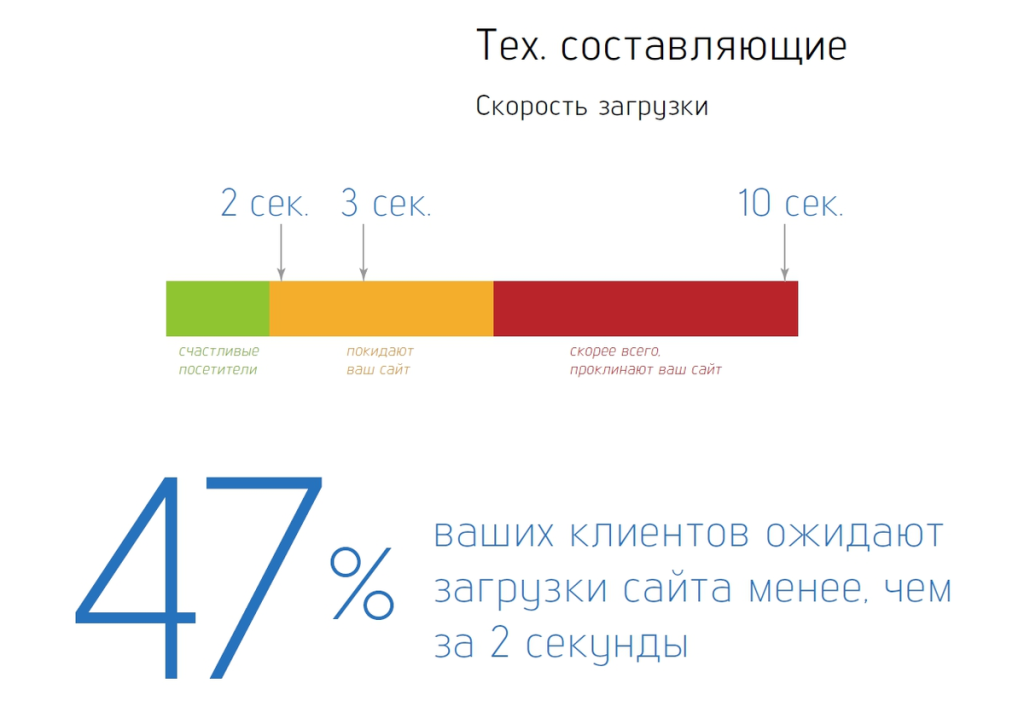
Technical aspects
Check the technical aspects of your text, such as the correct use of meta tags (H1, H2 headings, meta description), readable page URLs, correct markup, and the use of correct attributes for images and links.
SEO optimization
Make sure your text contains keywords, but they should fit naturally into the context and not be overused. Check your keyword density to ensure it's natural. Also, consider using internal links to improve site navigation and strengthen its structure.
The bottom line is that checking for errors and optimizing text before publishing allows you to improve the quality of content, enhance the user experience, and improve its ranking in search engines.
By following these steps and principles, you can create high-quality and effective SEO texts that will help you attract more traffic and improve your website's ranking in search engines.





